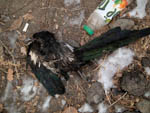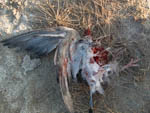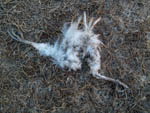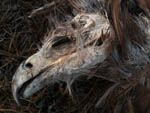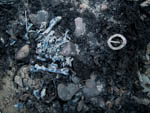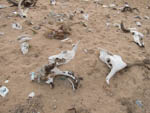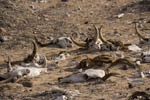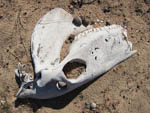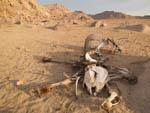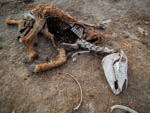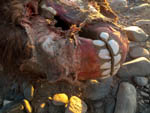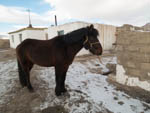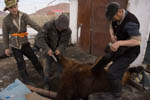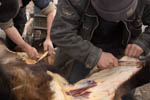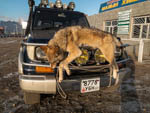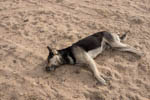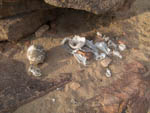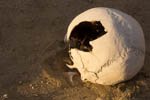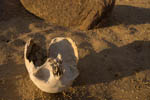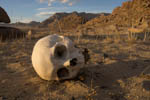Mortality Lesson
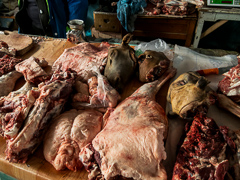
This is a way to introduce the idea of a culture that is both so familiar with and so dependent on animals that their familiarity and dependence blend into a single sensibility. The animals that they raise are the animals that they eat. The animals that they eat are the animals that protect them from the elements when the temperature drops to unimaginable depths. (Define "skeptical" as the look they give my layered synthetic fleece.) The animals that they wear are walking around town, are poking their noses into plastic bags, eating our leftovers. Their droppings end up on our stairs as they are led up to apartments to have their necks slit, to be sectioned into pieces that will fit into a freezer or to hang in a garage outside that is in no danger of thawing until spring, long past the last turnip, cabbage, or potato.
You don't get to be dinner, thigh-high boots, or a hat that is dangling with your feet and tail and also live happily ever after. This is a fact that we living humans cannot forget here, since there are reminders everywhere we walk. At the market your skin is rolled up around your intestines, a package deal for all our human sewing needs. Your meat is for sale, and if a buyer is not able to identify your particular species, they need only look under the table to see your head. Although your feet are not very interesting to humans, a pile of them will not go to waste, since dogs will carry them away and distribute them to all corners of the city.
Outside of town, the reminders are more subtle. Life and death continue at their own pace. A hawk dusts a pigeon. Another hawk dies an unexplained death. It is both cold and dry, so both remains remain for a very long time. I find a pack of dogs that are feasting on a horse. It's not at all clear how the horse died, but very clear what is happening to it now.
In case you start to think that being at the top of the food chain puts us into a different category, it's worth considering the practice of sky burial, which, though not common, is still practiced here. In its simplest form, bodies are placed out into the open to be scavenged. A shaman may visit the corpse to report back to the family what has fed on the body. It is lucky if it has been a wolf or a vulture. Not so lucky if there have been no takers. Either way, it's the epitome of recycling.
Things are different here.
